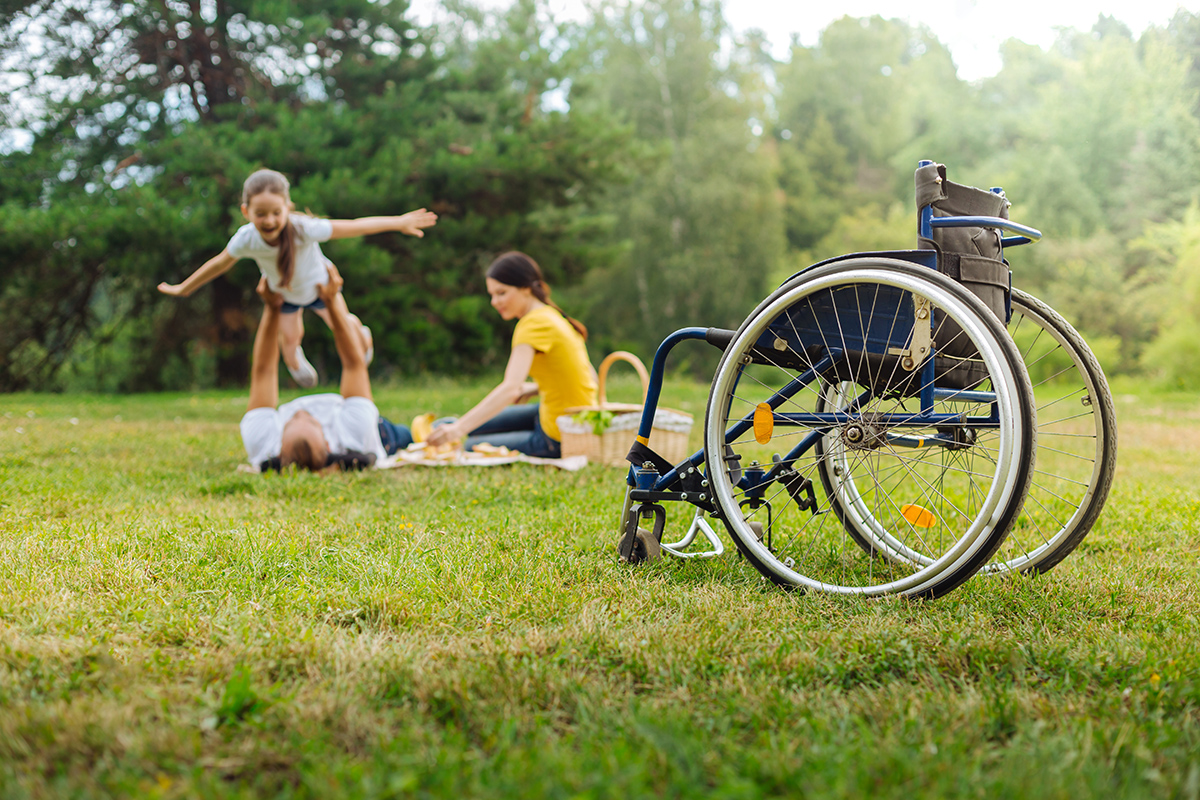Behavior and AHC:
Children with neurologically-based movement disorders frequently exhibit behavioral symptoms that are similar across diagnoses. For example, children who present with Alternating Hemiplegia of Childhood, Dravet Syndrome, Tourette’s Syndrome, Kinsbourne Syndrome, and others, show similar behavior patterns. The common element is ‘control’. Children may exhibit:
- frequent outbursts
- oppositional behaviors
- problems with transitions
- obsessive/compulsive behaviors
- aggression
The most common basis for ‘tantrums’ was described by B. F. Skinner (Science and Human Behavior 1974). He explains that when a person is blocked from an anticipated reinforcer, a ‘rage burst’ will occur. This is what we commonly think of as ‘frustration’. Children with AHC experience a profound disruption in normal movement. There is a motivation-movement connection that builds skill and confidence in children. Children with AHC are faced with the reality that their bodies are unreliable; their world feels unpredictable. Barriers are flung at them and the emotional side effects are intense.
Fear is the underlying emotion that generates anger, and children with AHC face it every day. Stress-based behaviors consist of three features (for everyone):
- Aggression (verbal or physical)
- Regression (tantrums/rage bursts)
- Withdrawal (shutting down, hiding, running away)
So, stress is one cause of aggression, tantrums, and shutting down. But that isn’t all there is.
Behavior Defined:
When we talk about children’s behavior, we often mean misbehavior! But behavior refers to anything a person does. It refers to the full range of human actions: desirable, undesirable, helpful, or harmful. Naturally, as parents, caregivers, teachers, therapists, and all those who care about children, we want to raise children who grow up to reach their potential to be independent, constructive, and cooperative adults. We want to teach and support good behavior!
Behavior has two dimensions: Form and Function.
- The form of behavior is what it looks like. It answers the question, “WHAT did my child do?”
- The function of behavior describes the reason or purpose of the behavior. It answers the question, “WHY did my child do that?”
Behavior Change:
We, adults, have the sometimes daunting responsibility to decide that behavior needs changing; we are the ones that need to make that happen and it is up to us to shape the positive behaviors that will replace the unhelpful ones. It’s such an important journey that we want to rely on evidence-based practices to guide our path.
- Identify the exact behavior your child is doing that is unhelpful (WHAT needs changing).
- Understand the function of the behavior (WHY is it happening).
A child’s ‘job’ is to test boundaries! All children assert themselves from a young age. It is healthy to say ‘no’ to some things, to oppose a rule, and to show some temper. How a parent responds to the testing is critical to helping the child feel secure and learn right from wrong. Our interventions need to consider whether the child’s behavior at the moment is an anxiety problem behavior or a conduct problem behavior.
Anxiety-based behavior is associated with change. It is related to events and situations in the environment that are new and different (new teacher, babysitter, or school, a move, loss of a friend or relative, even a new car, or a parent going away for the weekend). Some children experience high anxiety with a new bus driver or even a change of bus number. Demands that cause anxiety are related to learning a new skill or entering a situation that may cause an episode or has caused one in the past.
Conduct-based behavior is associated with not getting their way. It is related to a motivation to control others (because children with AHC have so little control over their bodies). It is associated with demands to do things that are adult-directed or with denial of getting things that are wanted. Conduct-based behaviors are the same as for any child; the difference in the child with AHC is that the tolerance for compliance is decreased.
How to Help:
- Be a counterpoint! Do not soothe, indulge, or comfort anxiety-based avoidance/outbursts. Your child will feed off of your emotions, so it is important to exhibit an upbeat, positive, confident demeanor.
- Shape a neutral behavior. If your child is anxious and is making requests, it is okay to accommodate the request (within reason), but FIRST–give your child a direction that shapes a neutral behavior on his/her part. For example, “I will get your shoes; come and sit on this chair and I will bring them”. OR “Use a regular voice and I will help you with your backpack”.
- Offer a different form of help. If your child tends to obsess about wanting things a certain way, do NOT indulge in this. You can offer some other form of help (e.g. I will hold your hand and we can go through the front door together, but we are not going through the garage”.
- Don’t indulge. Indulging obsessive requests at a young age will reinforce obsessive-compulsive behaviors and those behaviors will increase and strengthen over time.
- Wait it out. It is better to ride through emotional outbursts/tantrums at a young age than to indulge them, virtually guaranteeing that they will worsen over time.
- Distract. You can use distraction to break the momentum of emotional behavior. For example, if your child is screaming in the car, say nothing for a few minutes, then abruptly draw attention to something in the environment “Oh look! There’s a dog that looks just like our Scamp!” If distraction doesn’t work the first time, give it up and just ignore it no matter how long or loud it is. When the tantrum is over, move on.
- Never give in to tantrums! If your child wants something you have denied, you must uphold your decision. The longer, louder, and more aggressive the protest, the more critical it is that you never give in!
- Give space. When giving directions, it is best to give the direction and back off a bit to give your child time to process the direction and avoid a power struggle.
- Escape Blocking. If you have given a direction that your child refuses to do, you must not allow your child to escape the direction–especially if there was negative behavior. Instead, block access to desired items and events until the direction is followed. You may help, and you may start the task yourself, but be sure that your child is doing what you requested.
- Delayed Enforcement. If time is a factor, it is okay to come back to the task later. However, be sure that your child doesn’t engage in fun until the task is complete. Your child may need to get on the bus for school before cleaning up the mess that was made but may not come home and play or have electronics until it is cleaned up.
- Effort-based consequences: The Chore Plan. If your child has been defiant or aggressive, put a post-it note on the cabinet to indicate that he/she owes a chore. Before your child can participate in fun activities, electronics, or other preferred events, the chore must be completed (you may help but the child must perform the task at his/her level of functioning. Hand over hand is permissible, but some actions must be completed independently). Don’t wait for more than a day or two to complete chores. Can be described as “you were hindering the family and now you need to help the family (through work).”
- Shaping. For every consequence given, think about what you want your child to do instead. That ‘replacement behavior’ becomes a focus for teaching. Teach your child the right thing to do and reinforce his/her efforts! Catch them “doing good” and reward/praise them!
Reinforcement Worksheets
These worksheets are provided to help with the reinforcement of common behavior issues.
Compliance Shaping Handout Chores Choice or Chore C.U.B. System to Build Self-Esteem
Differential Reinforcement System Escape Blocking Increase Compliance
Moment of Joy Parenting Pitfalls Two Door Paradigm
To reach Alice, visit Alice Belgrade’s website – www.belgradebehavior.com – and fill out a contact form.




